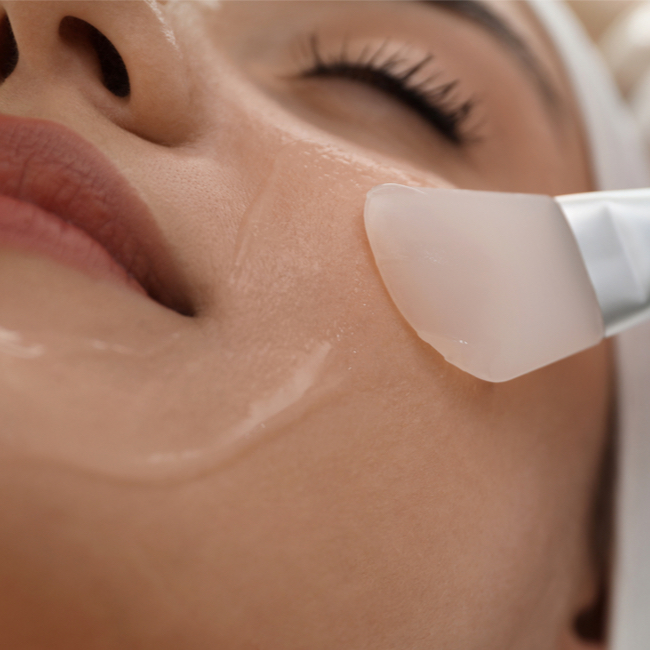Hyperpigmentation can be defined as darker spots on the skin caused by sun damage, melasma, or even acne scarring. While this condition is not dangerous, it can be frustrating when attempting to achieve an even complexion with your makeup, and it’s not uncommon to seek out treatment for fading these darkened patches and brightening the skin. However, as more and more skincare products hit the market it can be difficult to determine what is actually effective within your routine and can help you to achieve your beauty goals without compromising the safety of your skin.
We spoke with board-certified dermatologist Dr. Cheryl Rosen for her top three tips for easily and effectively diminishing the appearance of hyperpigmentation for a visibly smoother and more even complexion, and from at-home solutions to professional procedures, we’ve got you covered.


Topical Solutions
If you’re looking to treat your hyperpigmentation at home without the help of a professional, there are several ingredients you should keep an eye out for that can be particularly useful in fading discoloration on the skin. According to Rosen, hydroquinone, kojic acid, and ascorbic acid are the three most useful ingredients to prioritize in your routine for significant results.
“Hydroquinone is a depigmenting agent that works by inhibiting the production of melanin,” she explains. “Kojic acid is also a depigmenting agent, and it works by inhibiting the activity of tyrosinase, an enzyme involved in melanin synthesis. Ascorbic acid is a form of vitamin C that has been shown to be effective in lightening dark spots on the skin. It works by reducing melanin synthesis and promoting collagen production.” As for how often you should be using these ingredients, Rosen says twice daily should be sufficient for seeing significant results over time.
Laser Treatments
For those with more intense cases of hyperpigmentation or people who don’t want to wait for their skincare routine to take action, laser treatments may be a great solution for fading darker pigments and brightening the skin more quickly. “[Lasers] work by targeting the brown pigment melanin directly and destroying it with energy from the laser or light,” explains Rosen. “Others work by heating up the skin cells to a certain temperature, which then causes them to die off and fade away.”
While you may need to get this treatment done several times in order to see the most significant results, laser treatments will likely offer you the best final product and the number of treatments you’ll need to get is entirely dependent on how dark your hyperpigmentation is. “Some people may see a noticeable difference after just one treatment, while others may require several treatments before seeing any results,” notes Rosen. “Lasers or light-based devices should be used two times a week.”

Chemical Peels
Another way to treat hyperpigmentation from home or with your dermatologist is with chemical peels. “Chemical peels use a chemical solution to remove the top layer of skin. This can help fade hyperpigmentation, as well as other skin blemishes,” explains Rosen. Chemical peels can come in varying degrees of strength, so how harsh your peel is will determine how quickly you will see changes in your skin. However, using too aggressive ingredients on your skin can cause irritation, so this is one skincare solution worth easing into.
According to Rosen, glycolic acid peels, lactic acid peels and salicylic acid peels are the most common options, so it may be worth discussing with your dermatologist the ingredient that will be most beneficial for your skin type and the severity of your hyperpigmentation before choosing on your own.


























